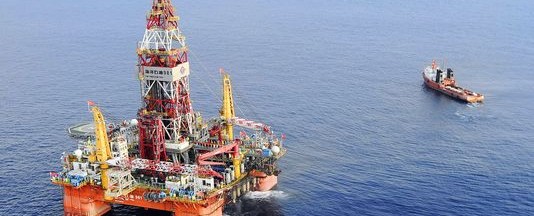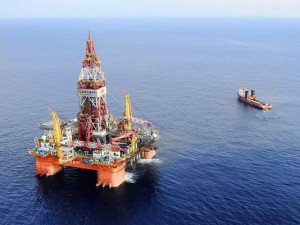Amidst Beijing’s removal of its oil rig from Vietnamese waters last July, Vietnam was able to maintain and even develop a stronger relationship with Japan and the United States. In fact, on July 26, 2014, just ten days after the rig was withdrawn, an international conference was held in Ho Chi Minh City between foreign and Vietnamese legal experts to discuss about the possibility of filing an international lawsuit against China.
China National Petroleum Corporation withdrew its oil rig from Paracel (Hoang Sa) Islands on July 15, claiming that it has completed its drilling mission, that is, discovering signs of oil and gas in the area. To note, China forcibly claimed the island in 1974. The US$1-billion oil rig arrived in Vietnam waters on May 2, 2014, specifically in the country’s 200-nautical mile exclusive economic zone in the East Sea, otherwise known as South China Sea. The move was considered an invasion and caused a serious tension between the two countries especially since China sent a fleet to scare off Vietnamese police boats. This resulted in a series of violent protests which left foreign-owned factories vandalized and worse, three Chinese nationals dead.
China’s successive claims to specific international lands has other countries yelling “bully,” causing unnecessary and troublesome damage to both property and life. In fact, the East Asia dispute was also protested by Philippines, questioning China’s claim on the area. It may remove its rig for a while to ease off the tension, but goes back right after to claim its self-proclaimed property. Despite a proposed freeze by the Philippines on any activity in disputed waters which raises tensions, the Chinese government even issued a statement that it will create more evidence to justify its control in the East Sea. Aside from its dispatchment of several oil rigs across the area, it also claimed ownership on some portions of the Spratly Islands. To make matters worse, China is also intending to build lighthouses on five islands in the East Sea.
A quick or easy solution to the current problem is not expected since China has also excluded itself from the dispute settlement mechanism of the United Nations Convention on the Law of the Sea (UNCLOS) since 2007. Both Vietnam and China are signatories. Beijing has also prepared a complete defense claiming its stake on 3.5 square kilometers of the East Sea or about 90% of the whole property. Some ASEAN members also claim ownership to the place, but negotiations on establishing a formal code of conduct are presently on hold, delaying any clarity to the issue even further.
The international conference at HCMC has reached to a conclusion that China does not obey or feel obligated to follow any standard operating procedures, even on international levels. The present methods employed to counter its offensive attacks on foreign properties, whether on legal or military means, are not being heeded and therefore require a different, stronger and efficient way of putting an end to China’s successive claims and invasions. It may take a lot, if not all, of will power on the part of international agencies to accomplish this, but it seems it’s what it demands to finally put an end to China’s long-time “bullying.”

